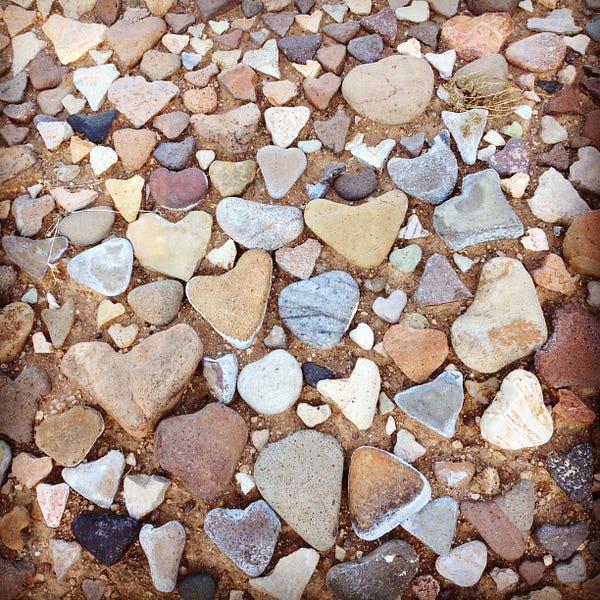The Local News Lab is a website launched by the Geraldine R. Dodge Foundation to document and share our work and lessons learned around the sustainability of local journalism. Although our focus is the New Jersey news and information ecosystem, we hope that this website will serve as both a resource and source of conversation for our journalism, media, and philanthropic colleagues wherever you may be.
Three and a half years ago, with state funding for public media on the verge of being eliminated, the Geraldine R. Dodge Foundation began supporting media in New Jersey, by helping WNYC launch New Jersey Public Radio, and Montclair State University establish the Center for Cooperative Media and its NJ News Commons initiative. These grants have enabled NJPR and MSU to systematically tackle the biggest challenges facing New Jersey’s media landscape: increasing coverage of New Jersey-focused news and information, and strengthening an ailing news ecosystem by providing business and journalism training, establishing a story exchange, and serving as a hub of support and resources for news organizations throughout the state.
At the same time, we have provided some measure of stability to the ecosystem, with operating support grants, to the existing nonprofit news organizations in New Jersey, including NJ Spotlight, NewsWorks, and NJTV, among others.
Now we are poised to take our work to a new level, thanks especially to a major partnership with the John S. and James L. Knight Foundation, and we are excited about the possibilities that lie ahead.
Funding Experiments and Fostering Innovation
 The next chapter of our work is an experimental phase in which we’ll try to understand and develop viable revenue models for both nonprofit and for profit news organizations. It’s a puzzle with many pieces: ad revenue, events, new products, traditional fundraising, crowdfunding, and a strong community engagement strategy – all undergirded by research on audience needs and mapping the existing ecosystem.
The next chapter of our work is an experimental phase in which we’ll try to understand and develop viable revenue models for both nonprofit and for profit news organizations. It’s a puzzle with many pieces: ad revenue, events, new products, traditional fundraising, crowdfunding, and a strong community engagement strategy – all undergirded by research on audience needs and mapping the existing ecosystem.
The question before us is: can we offer the right support, services, tools and training for local news sites to become self-sustaining over time (that is, with modest or no philanthropic support)?
However, the true test of our success with the Knight grant is whether or not we’re able to grow the ecosystem. We should be able to seed new sites with a high rate of long-term success, by giving them access to all of the knowledge and tools and resources we will have developed. It is not enough to preserve only what currently exists in the ecosystem; we want to grow it and fill the many gaps in coverage throughout the state.
As the Knight grant gives us and our local sites the flexibility to experiment and develop this new chapter, our media grants at Dodge will start to move beyond the idea of providing operating support to members of the ecosystem, and seek out those who can bring creativity and innovation to the ecosystem. We want to find the leaders who are doing some aspect of local journalism and/or community engagement work really well, support them and help them share their expertise with the whole ecosystem. In turn, this pushes the ecosystem to take its work to the next level.
We have to foster a culture among news organizations of embracing the continuous change in digital tools and storytelling, and give them access to examples and advice from those with a compelling vision for the future of media. How well these innovative ideas and practices are spread and adopted by the ecosystem will be another measure of success.
Beyond Media to Information and Engagement
Exciting as this next chapter will be, the third chapter is where the big ideas come alive. Imagine, a few years from now, that we have made significant progress on implementing successful revenue models and have developed a truly robust suite of services and training for the ecosystem. The ecosystem is strong, New Jersey-focused news has expanded dramatically. What comes next? We believe it’s a broader approach to informed and engaged communities.
This work can take many different forms: Government transparency and open data initiatives, a huge nut to crack, could help restore trust, which may in turn lead to more successful voter turnout initiatives. Hack Jersey (a group launched by Montclair State) has already gotten started on the open data work, having recently hosted a conference with 125 people (including municipal clerks, law enforcement officials, journalists, civic hackers and others) to start to tackle open data challenges in NJ. Sustainable Jersey is at the beginning of figuring out how to incorporate “community information needs” into its menu of action items – in other words, encouraging towns to recognize and value “community news and information” as vital to healthy, thriving communities in our state.
This third chapter is about understanding the ecosystem of information sources in a community – libraries, nonprofits, civic groups, elected officials, individuals – and more intentionally connecting the dots throughout the state between those who are passionate about imagining and making a better New Jersey.
These chapters, of course, aren’t quite so linear; they will bleed into one another, and we will learn and adapt as we go. And as we go, The Local News Lab will be our forum to toss out ideas and talk about the obstacles and opportunities we’re encountering.
We welcome your thoughts, your pushback, your questions, your ideas. Please join us for the journey.






















 Image via
Image via 


















